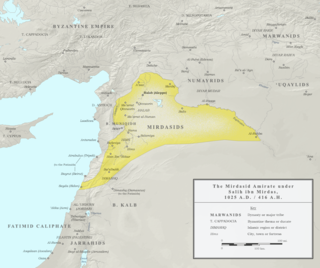The 1000s was a decade of the Julian Calendar which began on January 1, 1000, and ended on December 31, 1009.
The 1070s was a decade of the Julian Calendar which began on January 1, 1070, and ended on December 31, 1079.
The 960s decade ran from January 1, 960, to December 31, 969.
The 970s decade ran from January 1, 970, to December 31, 979.
The 990s decade ran from January 1, 990, to December 31, 999.

Year 967 (CMLXVII) was a common year starting on Tuesday of the Julian calendar.
Year 1001 (MI) was a common year starting on Wednesday of the Julian calendar, the 1001st year of the Common Era (CE) and Anno Domini (AD) designations, the 1st year of the 2nd millennium, the 1st year of the 11th century, and the 2nd year of the 1000s decade.

Year 995 (CMXCV) was a common year starting on Tuesday of the Julian calendar.

Year 1125 (MCXXV) was a common year starting on Thursday of the Julian calendar.
The 1030s was a decade of the Julian Calendar which began on January 1, 1030, and ended on December 31, 1039.

Year 998 (CMXCVIII) was a common year starting on Saturday of the Julian calendar.

Year 971 (CMLXXI) was a common year starting on Sunday of the Julian calendar.
Muʿizz al-Dawla Abū ʿUlwān Thimāl ibn Ṣāliẖ ibn Mirdās was the Mirdasid emir of Aleppo from 1042 until 1057, and again from 1061 until his death. He was the son of Salih ibn Mirdas.

Abu Kamil Nasr ibn Salih ibn Mirdas, also known by his laqab of Shibl al-Dawla, was the second Mirdasid emir of Aleppo, ruling between 1029/1030 until his death. He was the eldest son of Salih ibn Mirdas, founder of the Mirdasid dynasty. Nasr fought alongside his father in the battle of al-Uqhuwana near Tiberias, where Salih was killed by a Fatimid army led by Anushtakin al-Dizbari. Afterward, Nasr ruled the emirate jointly with his brother Thimal. The young emirs soon faced a large scale Byzantine offensive led by Emperor Romanos III. Commanding a much smaller force of Bedouin horsemen, Nasr routed the Byzantines at the Battle of Azaz.

The Mirdasid dynasty, also called the Banu Mirdas, was an Arab dynasty that controlled the Emirate of Aleppo more or less continuously from 1024 until 1080.
The 1020s was a decade of the Julian Calendar which began on January 1, 1020, and ended on December 31, 1029.
The Battle of Azaz was an engagement fought in August 1030 near the Syrian town of Azaz between the Byzantine army, led by Emperor Romanos III Argyros in person, and the forces of the Mirdasid Emirate of Aleppo, likewise under the personal command of Emir Shibl al-Dawla Nasr. The Mirdasids defeated the much larger Byzantine army and took great booty, even though they were eventually unable to capitalise on their victory.
Abūʾl-Murajjā Sālim ibn al-Mustafād al-Ḥamdānī was the commander of Aleppo's ahdath during the reigns of the Mirdasid emirs Salih ibn Mirdas and Nasr ibn Salih. He was executed by the latter in 1034 for stirring a local Muslim uprising against Aleppo's vassalage to the Christian Byzantine Empire.
Muqallid ibn Kamil ibn Mirdas was a member of the Mirdasid dynasty, a commander of the Banu Kilab and at times served as governor of the Aleppo Citadel and the Mirdasids' envoy to the Byzantines and Fatimids.
Asad al-Dawla Abū Dhūʿaba ʿAṭiyya ibn Ṣāliḥ was the Mirdasid emir of Aleppo in 1062–1065. Prior to his assumption of the emirate in Aleppo, he had been the Mirdasid emir of al-Rahba from 1060. He continued as the emir of al-Rahba and the eastern portion of the Mirdasid realm after losing Aleppo to his nephew Mahmud ibn Nasr. He lost al-Rahba in 1070. He entered Byzantine protection afterward and launched a failed assault against Mahmud's territories before his death in Constantinople.







